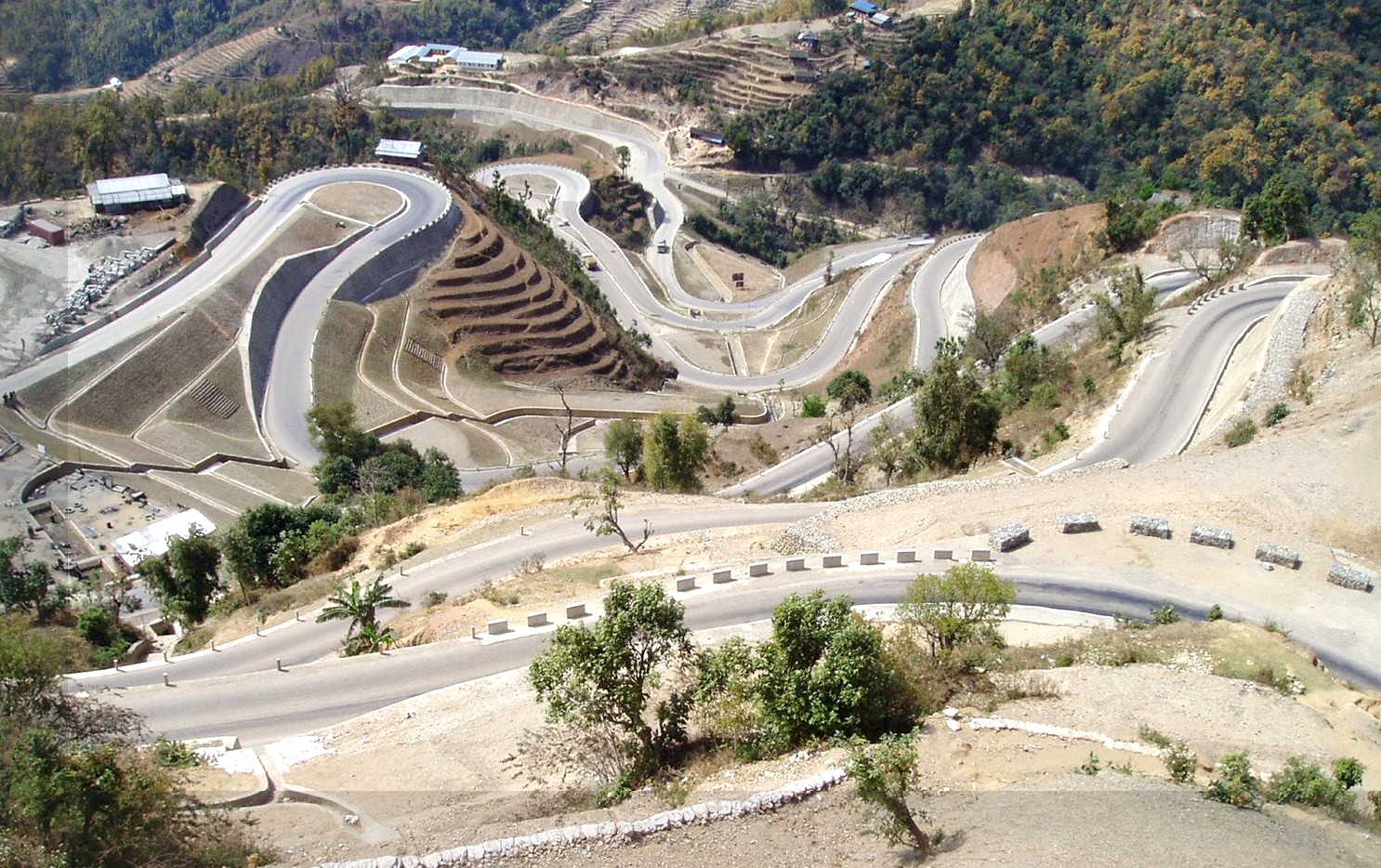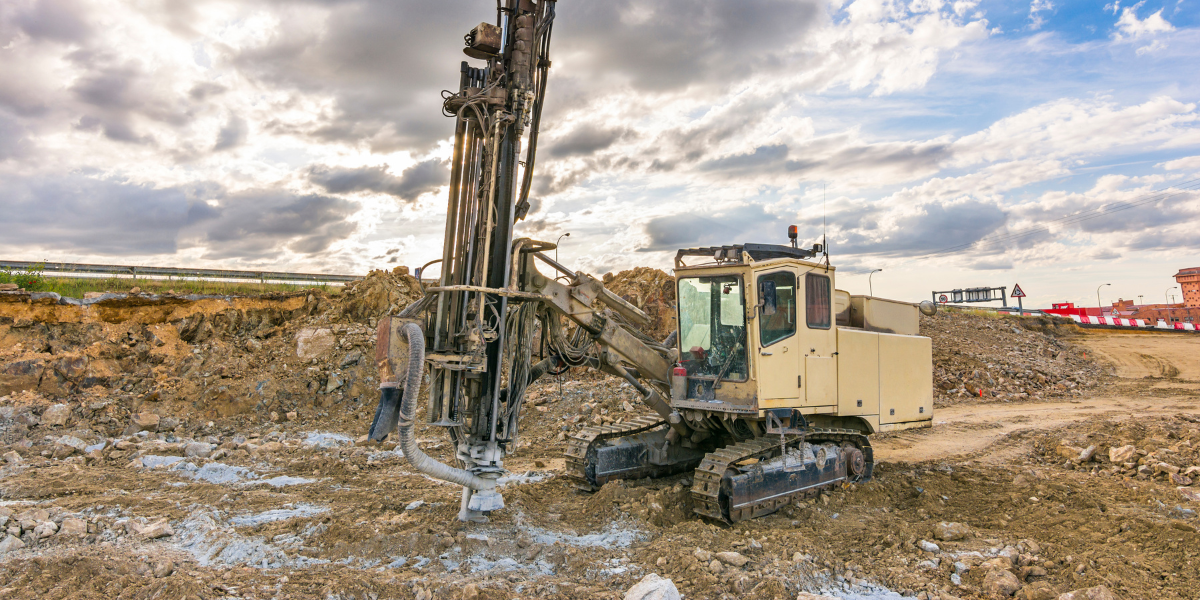Comprehensive Geotechnical Works to Make Certain Site Security
Wiki Article
A Comprehensive Exam of the Solutions Provided by Consulting Engineers in the Field of Geotechnical Design: From Site Investigation to Project Application
Consulting engineers in geotechnical design play a pivotal function in the effective implementation of building and construction projects, beginning with extensive site investigations that expose important subsurface conditions. Their knowledge expands to dirt home evaluations, ecological influence examinations, and the cautious surveillance of job implementation, ensuring positioning with security and sustainability requirements.Relevance of Geotechnical Design
Geotechnical design is an important technique that underpins the security and sustainability of civil framework projects. By comprehending the mechanical habits of soil and rock materials, geotechnical engineers analyze the viability of websites for numerous building and constructions, including buildings, bridges, and dams. This essential analysis ensures that frameworks can hold up against ecological elements and loads without experiencing failure.The value of geotechnical design prolongs past mere architectural security; it also encompasses environmental stewardship. Appropriate geotechnical assessments add to decreasing the environmental impact of building and construction. Via mindful evaluation of dirt properties and groundwater problems, designers can develop structures and maintaining frameworks that alleviate threats such as disintegration and landslides, advertising long-term stability.
Additionally, geotechnical design plays a crucial duty in job cost administration. geotechnical works. By determining possible issues early in the style stage, engineers can advise proper remedies, thus avoiding expensive hold-ups and redesigns throughout building. This aggressive approach not just enhances project performance however also substantially reduces threats related to unanticipated site problems
Website Investigation Methods
Reliable site examination techniques are essential for gathering accurate data regarding subsurface conditions prior to building and construction. These methods promote the understanding of the geological and hydrological environment, which is vital for ensuring the stability and security of proposed frameworks.Common approaches employed in website examinations consist of borehole boring, which permits designers to extract soil examples at numerous depths, offering understandings right into stratification and material kinds. Additionally, geophysical surveys, such as seismic refraction and electric resistivity, offer non-invasive methods to examine subsurface features over bigger areas. These techniques can help identify anomalies without considerable excavation.
Test pits are one more important technique, supplying straight monitoring of soil layers and enabling in-situ testing. geotechnical works. This technique is especially beneficial for shallow excavations and can assist assess groundwater degrees. Cone penetration examinations (CPT) are progressively used, as they give continuous accounts of dirt resistance, which aids in determining soil stamina and layering.
Each of these strategies plays an essential function in developing a thorough understanding of site conditions, making it possible for consulting designers to make enlightened decisions and suggestions throughout the task lifecycle. Exact data collection during the site investigation phase is critical to mitigating threats and ensuring effective project application.
Soil Home Analysis

The analysis process normally includes a mix of research laboratory tests and area examinations. Secret residential or commercial properties such as shear strength, compressibility, leaks in the structure, and wetness web content are reviewed to identify the dirt's suitability for construction functions. Typical examinations, consisting of the Atterberg limitations, Proctor compaction, and triaxial shear examinations, are frequently employed to gather data on soil actions.
Along with these tests, in-situ approaches such as the Criterion Infiltration Examination (SPT) and Cone Infiltration Test (CPT) offer useful understandings into dirt stratigraphy and thickness. The results of these evaluations inform designers about potential challenges, such as soil liquefaction or settlement, allowing them to design ideal reduction methods.
Environmental Effect Examination
Environmental influence examination plays an essential role in the preparation and implementation of design projects, specifically in geotechnical engineering. This procedure involves examining the possible environmental effects of suggested tasks on dirt, water, air high quality, and surrounding ecological communities. Consulting engineers make use of various methodologies, consisting of site evaluations, modeling, and area studies, to determine and quantify these effects.The examination typically begins with the recognition of baseline environmental problems, which offers as a referral for predicting possible changes. Engineers evaluate elements such as disintegration, groundwater contamination, and habitat disruption, ensuring that all pertinent environmental regulations and guidelines are followed throughout the job lifecycle. Stakeholder involvement is also an important component of the analysis procedure, as it cultivates interaction between project developers, local areas, and regulative bodies.
In addition, reduction approaches are created to resolve determined impacts, permitting designers to propose choices or modifications to forecast designs that improve sustainability. This aggressive technique not only reduces adverse impacts on the environment however likewise promotes public count on and conformity with ecological regulation. Inevitably, effective environmental effect analysis reinforces the general stability and practicality of geotechnical engineering jobs, sustaining accountable growth methods.
Project Execution and Tracking

Tracking is a vital part of project implementation. Designers utilize different strategies, such as instrumentation and field examinations, to evaluate dirt behavior and structural actions in real-time. This continuous surveillance enables the recognition of any kind of variances from anticipated performance, enabling timely interventions to mitigate dangers.
In addition, seeking advice from engineers preserve open interaction with professionals and stakeholders throughout the procedure. Normal site evaluations and development records make sure that all events are informed concerning project condition and any arising problems. By fostering collaboration and openness, seeking advice from engineers help with an extra efficient execution procedure, consequently boosting project end results.
Ultimately, effective task execution and surveillance not just maintain safety and security and quality standards but additionally add to the general success of geotechnical jobs, guaranteeing they fulfill their intended objectives sustainably and sensibly.

Final Thought
In verdict, the function of speaking with designers in geotechnical design incorporates a critical series of services that ensure project success. From extensive website examinations to complete soil residential property analyses and ecological effect analyses, these specialists lay the foundation for secure and lasting building and construction techniques. Constant tracking throughout project application even more assures structural honesty and stakeholder interaction. Ultimately, the complex contributions of speaking with designers are vital in resolving the intricacies of geotechnical challenges in modern-day design tasks.Report this wiki page